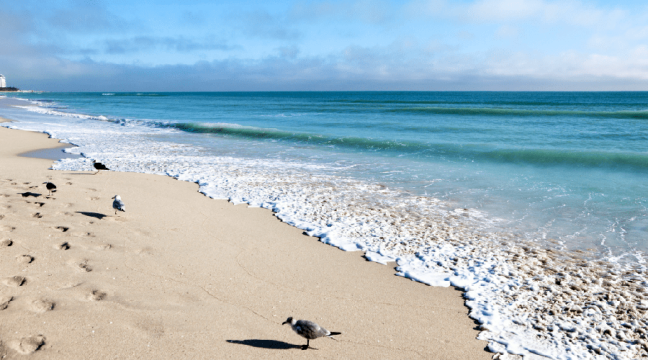By David Clucas
It may seem sacrilegious to many — even for those of us entrenched in the industry — but to lengthen the lifespan of most technical rain jackets, users should wash and tumble dry them on a seasonal basis.
That’s the message waterproof-breathable fabric manufacturers, such as Gore-Tex, want to get out to retailers and users, especially with new formulas of durable-water repellent (DWR) treatments hitting the market. The new DWRs are less harmful to the environment, but can benefit from more frequent cleaning and drying.
“Many of the issues people have with their rain jackets can be solved by laundering,” said Tom Boyle, fabrics marketer at W.L. Gore & Associates, Gore-Tex’s parent firm.
Washing the jackets helps rid the exterior surface of dirt and oils that that compromise the DWR and breathability, while tumble-drying is key to rejuvenating the DWR.
Gore-Tex recommends users machine wash the jackets on a warm, permanent-press cycle (105º F / 40º C) using a small amount of liquid detergent. (Do not use powder detergents or any products that contain fabric softeners, conditioners, stain removers or bleach.) Then rinse twice with minimal spinning. Users should then line dry the jacket before putting it in the dryer for 20 minutes on a warm, gentle cycle.
Line drying the jacket, before drying it again in the dryer may seem redundant, but it’s really the heat from the dryer than helps boost the DWR, and that process occurs after the jacket is already dry, Boyle said.
How often the consumer should wash their jackets varies on condition, but for the normal user, at the end of every season is a reasonable frequency, Boyle said.
Another variable for wash schedules: the type of waterproof-breathable technology. Columbia’s new OutDry Extreme rain jackets claim to need no extra washing for DWR revival since they feature the waterproof membrane on the exterior of the jacket, preventing any wetting out, Columbia Sportswear Spokesman Andy Nordhoff said.
On the environmental front, there is of course the conundrum that more water and electricity are used to wash and dry the jacket more often. Laundering jackets also contributes to the release of PFCs into the environment, albeit less than 1 percent over the lifetime of the jacket, according to Gore officials. But Boyle said the environmental impact on both those fronts is far less than users throwing out a perfectly good jacket too early and having to buying a new one. One of the ways Gore wants to contribute to sustainability, he said, is improving durability and educating users to get the maximum lifespan out of their jackets. In other words: the less jackets Gore has to make the fabrics for, the better.
Use of the rain jacket will largely determine its ultimate lifespan, but one that goes through normal use with proper care could last about a decade. When a rain jacket finally does meet its end, brands recommend donating them to charity.
“While the garment may no longer be fit for use for an avid user,” Boyle said, “this may be just fine for a casual user.”










